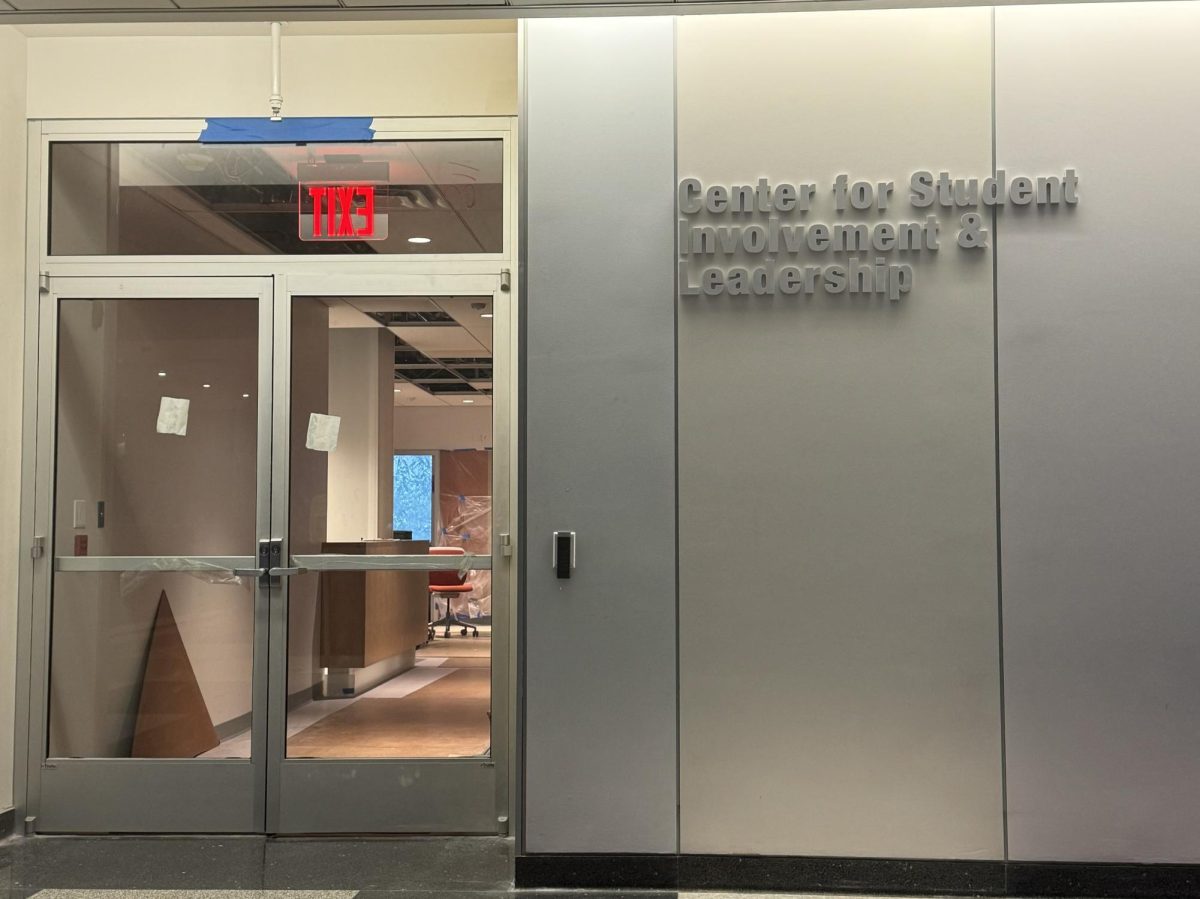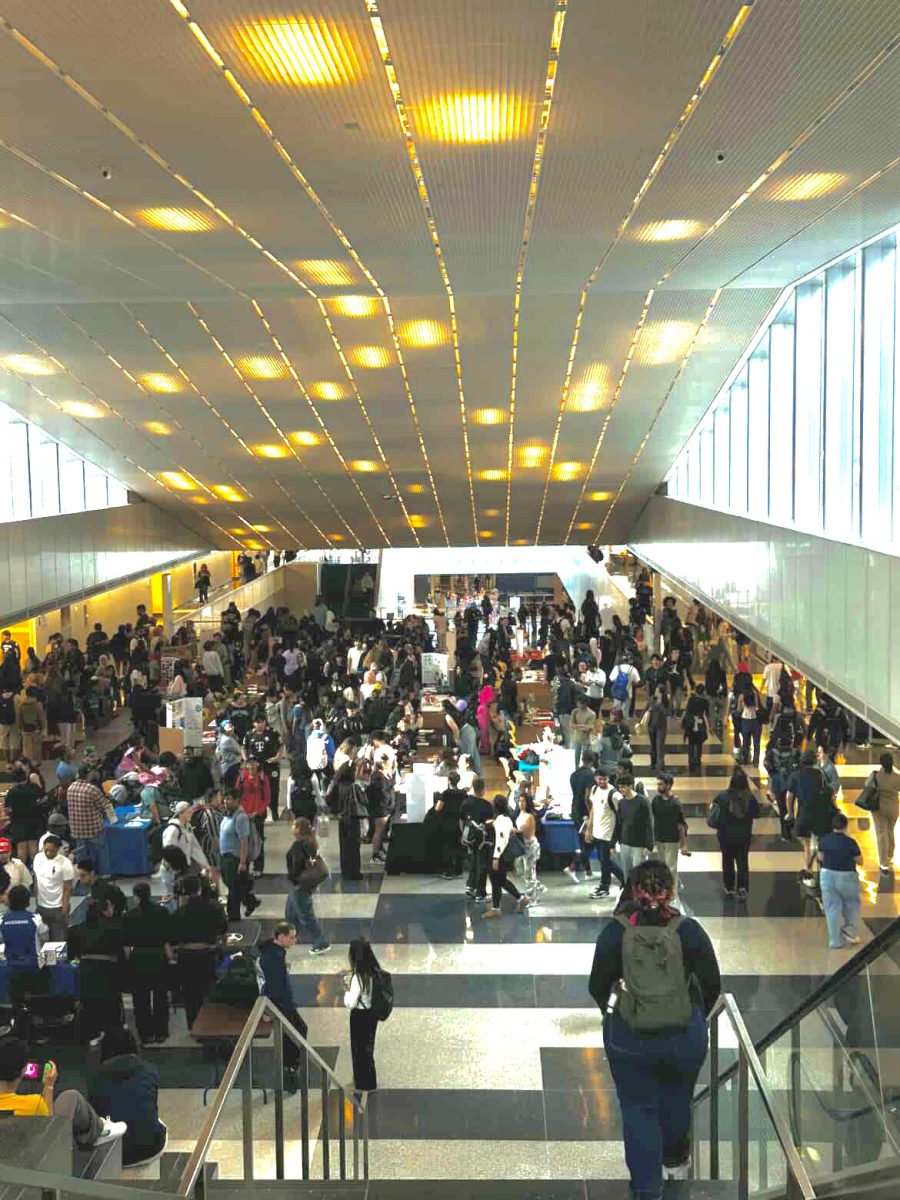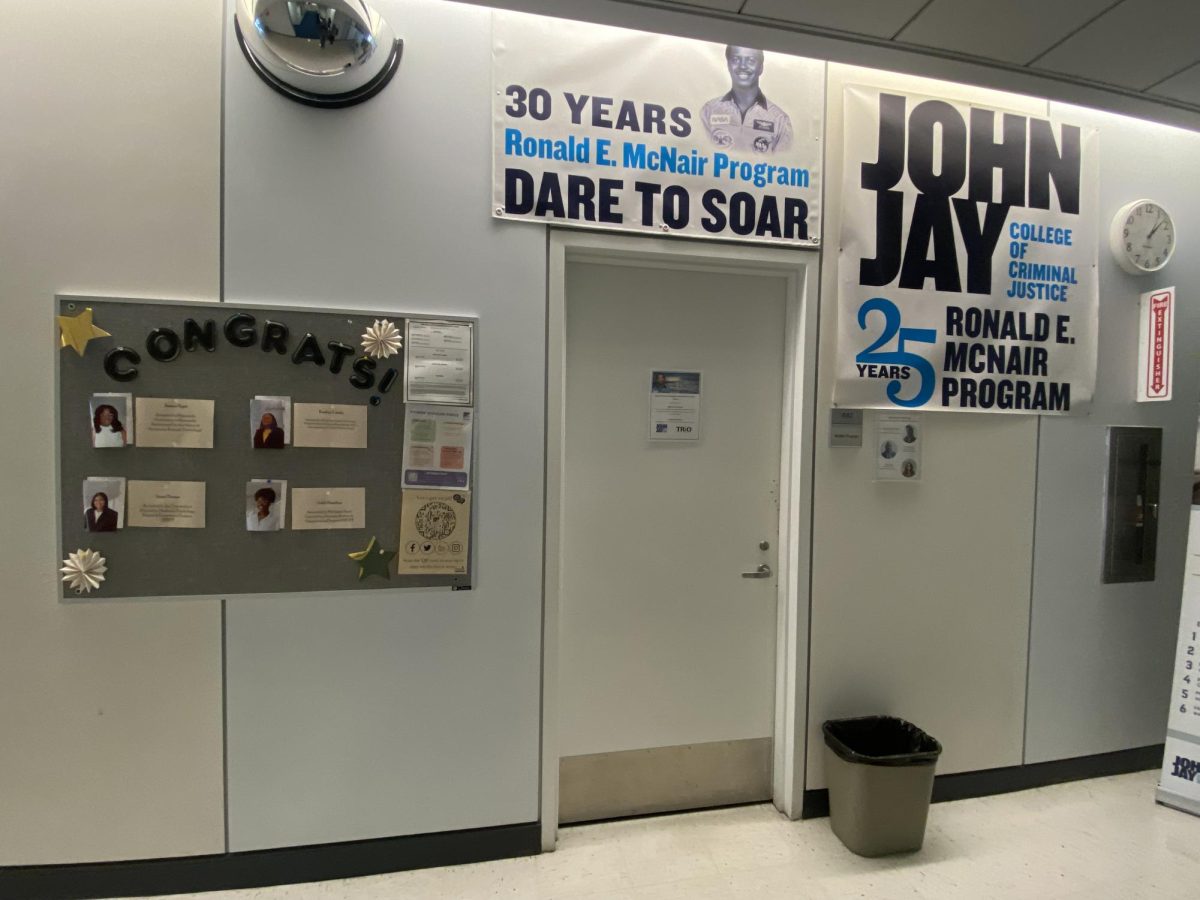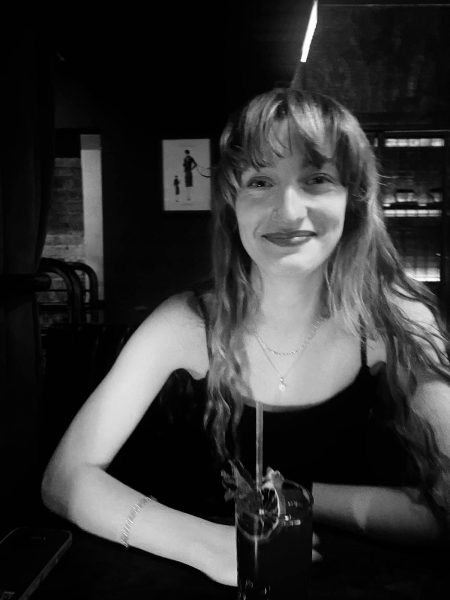The opening of a newly renovated Club Row is set to return student engagement to pre-pandemic levels. Located on L2 in the Center for Student Involvement and Leadership (CSIL), Club Row is an open space where John Jay clubs can convene meetings, host community-building events, and collaborate with each other.
According to Anthony Bracco, the Executive Director of Facilities, Capital Projects, Space Planning, and Theater and Event Support Services (TESS), the project was initiated in 2019 but was put on hold due to the COVID-19 pandemic.
Bracco explained that during the COVID-19 pandemic, New York State Representatives were unsure of what financial resources would be available for the project; these circumstances resulted in a halt to any projects over 5 million dollars. Club Row fell under that criteria, as it was a 7 million dollar project.
Makeda Jordan, the Interim Director of CSIL, explained that the college received a grant from the city to upgrade the space. The new money offered a chance for clubs to have even more space that the old Club Row simply didn’t allow.
“Space at the college is prime real estate. Even faculty and adjuncts don’t have offices,” she said. “There was never enough space for each club – each room was shared by 1-5 clubs and, even with all that, all the clubs still didn’t have a space.”
Clubs without space reserved classrooms, explained Jordan.
This classroom reservation system was continued during the renovations on Club Row, with student clubs being forced to fight for space in open classrooms during community hour.
Jordan explained that this deeply impacted student life by prohibiting club members from interacting with each other and forming a sense of community.
“[The absence of Club Row] deeply impacted students – even those who have never seen Club Row,” said Jordan.
“Having a space for students to gather with others with like minds and who are facing similar issues and concerns and to meet with other club executives that aren’t part of their team wasn’t really possible unless it was scheduled,” she said. “Having [Club Row] allows for more informal dialogue and informal meetings.”
Jordan also explained that the closing of Club Row, combined with isolation during the pandemic, affected the way student organization members interacted with each other.
“Another way [the absence of Club Row] impacted students adversely is as it relates to conflict resolution,” she said. “Coming out of the pandemic, we all had to relearn how to socialize in spaces with people. Club executives struggled with that, and to meet people without it being scheduled increased a bit of tension with clubs.”
The new space is more open, with colorful diner-style booths and vinyl dividers to allow for inter-club collaboration. Along the corridor, there are also lockers for clubs to store materials and a pantry for food storage and heating purposes. At the end of the space is a multi-purpose room with audio and video capability that can be used for large meetings and events or can be divided into three separate spaces for different clubs to convene at the same time. The large windows lining the hallway also allow for a lot of natural light to illuminate the meeting spaces.
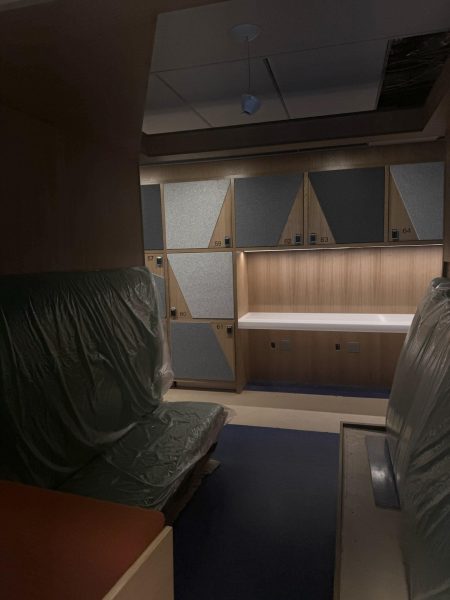
The essential service clubs – The Sentinel, John Jay Radio, and Theatrical Players – have designated spaces, along with Artists United who have their own sound-proofed room due to prior noise complaints.
The rest of the student clubs at the college will be able to utilize the open meeting areas on a first-come, first-serve, reservation basis.
The CSIL staff offices are also located in the space, allowing club leaders to have any questions or concerns addressed.
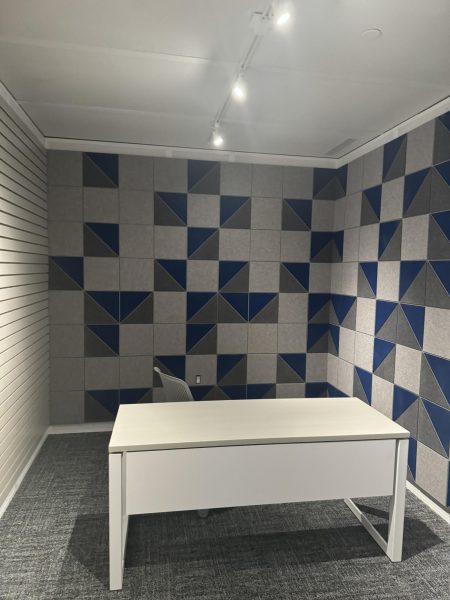
The space is not only more open but also uses plexiglass instead of traditional doors, due to student feedback throughout the design process.
Jordan explained the reason behind the open layout was to foster a safe space to allow for as many students as possible to engage with each other. The previous Club Row, she explained, was closed off, which led to some student complaints.
“It used to be full of office spaces, but there were several complaints from students about bullying and things taking place behind closed doors that shouldn’t be taking place,” she said.
Both Bracco and Jordan are partial to the natural lighting and open-layout, with Jordan stating she thinks it looks “better than all the CUNY campuses.”
Jordan further elaborated on the uniqueness of the space.
“It’s very rare for student club executives to have office space at other CUNY campuses; I think it’ll be the best looking space in the college,” she said. “Club Row has a vibe and character and feel of the students – it’s vibrant, full of energy, and they come to get work done. They’re passionate about their organizations and the space is gonna reflect that.”
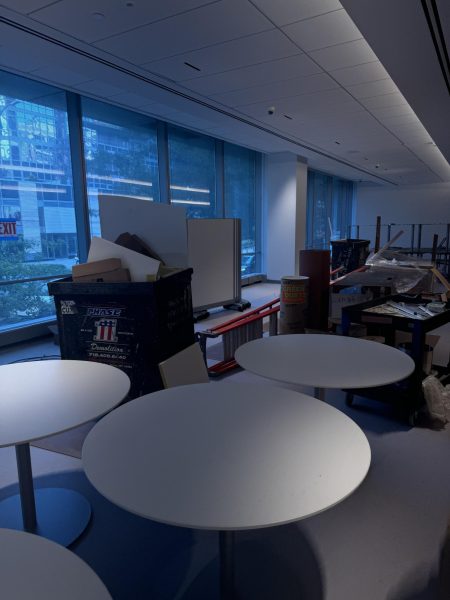
Most of the students at the college have yet to experience the collaborative environment that Club Row offers due to the extended renovations.
When asked when the new space was projected to open, Bracco said, “Well, that’s the million dollar question.”
He further elaborated that the college is hoping to open the space to the student body by the end of the month.
Jordan offered some advice to students to best take advantage of the space when it does open.
“Come check it out, get involved, and come as often as you can,” she said. “I don’t think they are gonna have a hard time once they go to the space to wanna come back.”
Editor’s note: this is a developing story and will continue to be updated.



